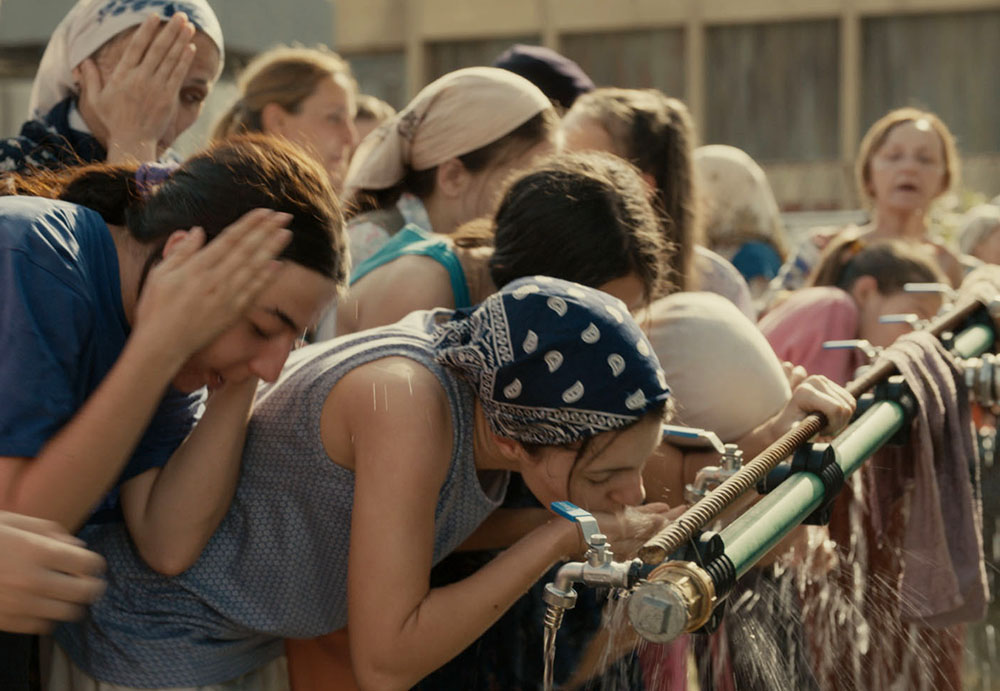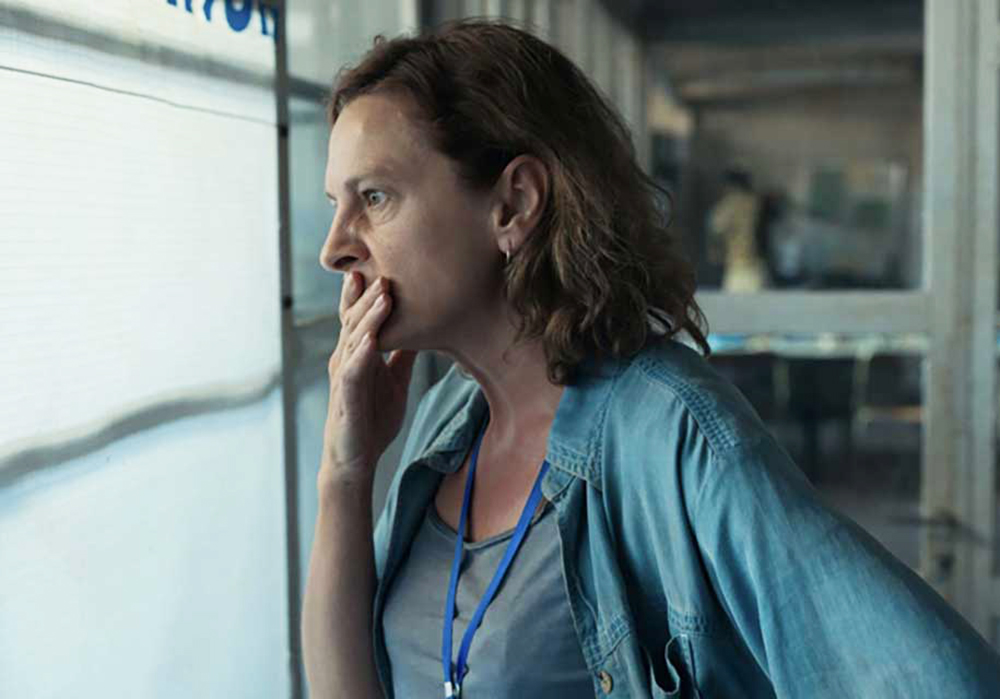Remembering Srebrenica
Based on a true story, “Quo vadis, Aida?” follows Aida Selmanagić (Jasna Đuričić), a translator for the UN from a small town known as Srebrenica. When the Serbian army takes over the town, her family is among thousands of residents forced to leave their homes and seek shelter within the UN base where she works. Despite her family being in imminent danger, Aida must remain calm and collected while Bosnian General Ratko Mladić (Boris Isaković) engages in negotiations to maintain the civilians ‘safety.’ Will Aida be able to save her family while translating crucial information?
Jasna Đuričić gives a sensational performance in the leading role. She portrays Aida effortlessly; her circumstances and her love for her family fuels her and drives her. Her need to protect her family oozes off the screen and only lets viewers sympathise with the character. The supporting cast also gives exceptional performances. Boris Isaković plays General Ratko with a perfect amount of arrogance; he portrays him as the monster he is without being too in your face. Izudin Bajrović, Boris Ler, and Dino Bajrović all provide performances that show just how daunting a situation they’re in.
Director Jasmila Žbanić delivers a devastating and brutal film to viewers, all while keeping them interested and the film moving. In addition, she also serves as Producer and Writer, providing the cast with a beautifully written script to work from. Christine A. Maier’s cinematography is captivating, with imagery ranging from tight close-ups to wide shots framing swarms of helpless civilians. The result is shocking, giving viewers something to sympathise with that isn’t Aida’s struggle. Hand-held camera shots make viewers feel even more immersed in the gut-wrenching tragedy unfolding in front of them.

“Quo vadis, Aida?” does an excellent job of showing Aida’s struggle as well as the wider problem: Aida’s family isn’t the only family displaced by the horrors of war. Žbanić includes scenes that help viewers realise just how many people had been affected by what was going on at the time.
Themes of family, themes of war
The numerous close-ups of characters’ faces throughout add yet another layer of emotion for viewers to sympathise with and relate to. The film also does a great job following Aida’s struggle as a mother to keep her family safe, begging on her knees and hiding them in machines in an effort to keep them near to her and away from whatever fate may lie ahead.
But above all, the film will appeal to many people. While it explore themes of family, it also explores the idea of war. “Quo vadis, Aida?” isn’t the first film made about the Srebrenica massacre: films like “Srebrenica: A Cry from the Grave” (1999) and “Circles” (2013) both follow the horrors that occurred during the Bosnian War, which only ended roughly 25 years ago. Overall, “Quo vadis, Aida?” is a harrowing tale that depicts the savagery of war and the desperation to keep your family safe.
*”Quo vadis, Aida” is currently available to stream on Hulu, YouTube, Google Play, Amazon Prime, Vudu, and Apple TV.


